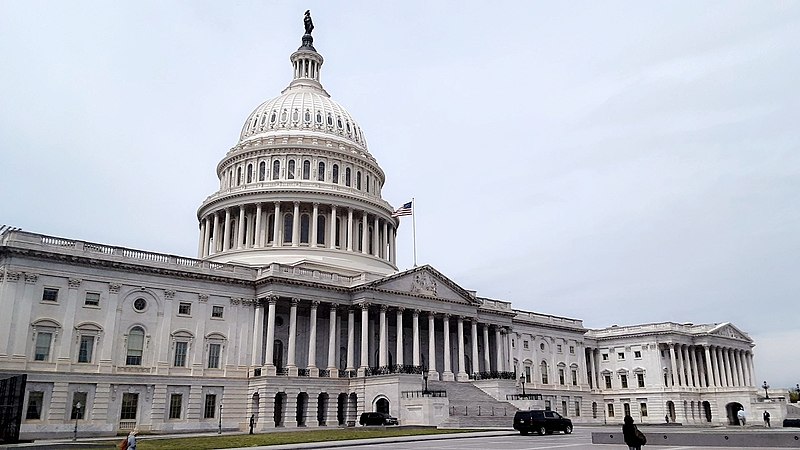Have a story idea
Have a story idea? Send it to us here.

Source : Wikimedia Commons
December 21, 2020
Author : Alex Bustillos
Congress is poised to pass a 5,593-page economic stimulus bill. As Contractor News continues to examine the massive document, we wanted to present some highlights from the bill pertaining to small businesses in the interim.
Potentially the most important measure in the bill, which allocates $284 billion for the Paycheck Protection Program (PPP), is language that prevents publicly traded companies from receiving PPP funds. As we have repeatedly discussed here at Contractor News, original PPP funds from the May 15 Heroes Act have gone disproportionately to large corporations instead of the small businesses they were ostensibly meant for.
Another major improvement over the previous stimulus bill is that expenses paid for with PPP funds will now be tax-deductible. Many businesses that used their PPP funds on regular expenses were shocked to see their taxes were going to go up, as we previously reported. While this measure is undoubtedly going to help small, struggling businesses, there is reason to believe that it will also open the door to abuse by large companies.
Additional provisions pertaining to small businesses were highlighted by the House Small Business Committee. One important measure orders the creation of a simplified application process for loans totalling less than $150,000. This is great news for small businesses. As we have previously reported, the original PPP loan applications were criticized by the Government Accountability Office for creating a labyrinth of a process that was difficult to navigate for small companies that do not have the resources to hire lawyers familiar with such processes.
The new bill also “clarifies that other employer-provided group insurance benefits are included in payroll costs.”
Meanwhile, the bill also helps ensure that the loans are actually going to small businesses by “creat[ing] a second loan from the Paycheck Protection Program, called a ‘PPP second draw’ loan for smaller and harder-hit businesses. PPP loans under this section are capped at $2 million and limited to businesses with no more than 300 employees. Such businesses must also have used the full amount of their first draw of PPP loans, among other requirements.
The document goes on to state: “Borrowers of a PPP second draw loan would be eligible for loan forgiveness equal to the sum of their payroll costs, as well as covered mortgage, rent, and utility payments, covered operations expenditures, covered property damage costs, covered supplier costs, and covered worker protection expenditures incurred during the covered period. The 60/40 cost allocation between payroll and nonpayroll costs in order to receive full forgiveness will continue to apply.”
The bill also prohibits the use of loan money on lobbying efforts. Another anti-corruption measure requires many White House officials and members of Congress, including their spouses, to disclose that they have received PPP funds and prohibits them from taking more in the future. This measure seems aimed at rectifying a problem identified by Contractor News in which Washington insiders took full advantage of the program.
The bill also makes new business expenses forgivable. These include:
Keep an eye on Contractor News as we continue to report on the new stimulus package.
Photo via Wikimedia Commons.
Category : Small Business Enterprises Coronavirus Pandemic Economic Stimulus Federal Government Small Business Administration
